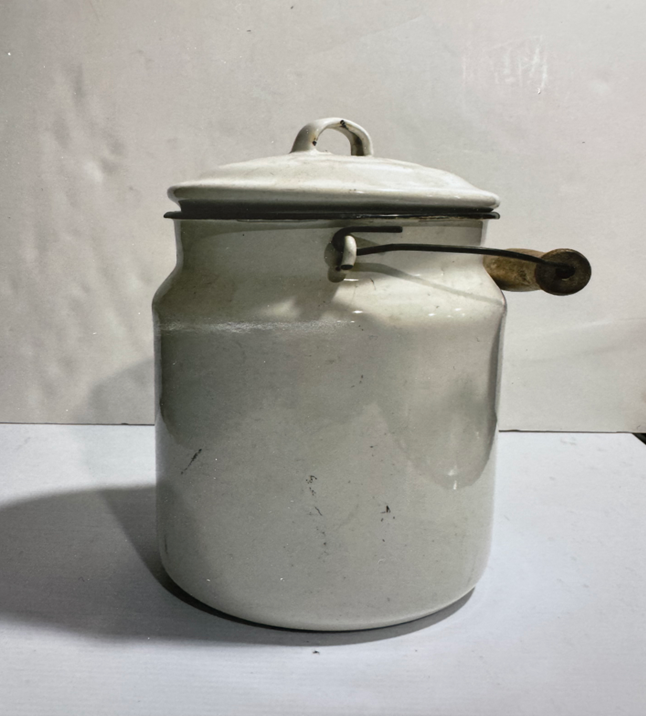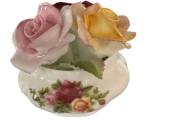7200 km is a long way to travel. That’s the distance taken by the little white milk jug now displaying flowers on the table in my living room. To say that its journey, the story you are about to read, was interesting would be an understatement. You’ll be the judge.
It began over 150 years ago in a small shtetl in Belarus which abutted the village of Loyev. It was a period that displayed amongst the worst of man’s inhumanity to man, and how ironic that the milk jug now serves as a vessel displaying nature’s beauty.
I named it Rebekah. Becky for short. After the story in the Old Testament about Isaac’s wife.
It seems that when Abraham was searching for a wife for his son Isaac, he sent his servant Eliezer to find someone suitable from their country. When Eliezer came upon Rebekah at the watering hole in the desert, she immediately used a jug to get water from the well. She then first filled water buckets for the weary camels. This so impressed him, he decided that she would be the appropriate partner for Isaac. Our milk jug played as important a role for so many in the shtetl.
Shtetls were neither towns nor villages, but rather a unique combination of the two. They bore no semblance to the fictionalised village portrayed in Fiddler on the Roof. Nor did its inhabitants, which were made up of a diverse group of individuals whose occupations reflected those required to maintain a viable community. They included servants, printers, farmers, delivery men, teachers, tailors, loggers, blacksmiths, housewives, tinsmiths, liquor producers, bakers, etc. All of whom had a place in the shtetl hierarchy.
Life in the shtetl was difficult and dangerous with government authorities doing little to discourage regular pogroms that resulted in the loss of property and lives. In fact they were often encouraged.
The exact date my little white milk jug was created is unknown, but its creator is – my great-grandfather – Girsha.
His workshop was a small, thatch-roofed room attached to the home where he lived with his wife and 3 children, one of whom was my grandfather Nathan, the one who told me this story.
The jug is white enamel, with a well-worn wooden handle attached to its neck by a rusty wire and topped by a round lid. It’s 25 cm in height and has Girsha’s trademark on its bottom. At first glance, all you might see is a small, partially shaded rectangle with a C.N in the middle. Looking closer, there is also a small G for Girsha broken into segments at the bottom of the rectangle. The C.N was in honour of Czar Nicholas whose name appeared everywhere in the shtetl, including on plaques in homes and synagogues in hope that it would protect residents from violence. It didn’t help. Not in the least.
Girsha was the only tinsmith in the shtetl and had a well-deserved reputation for creating quality products at reasonable costs. He created a wide variety of tools and household items such as pots and pans, using iron covered with a thin layer of tin. He also repaired utensils made of sheet metal.





